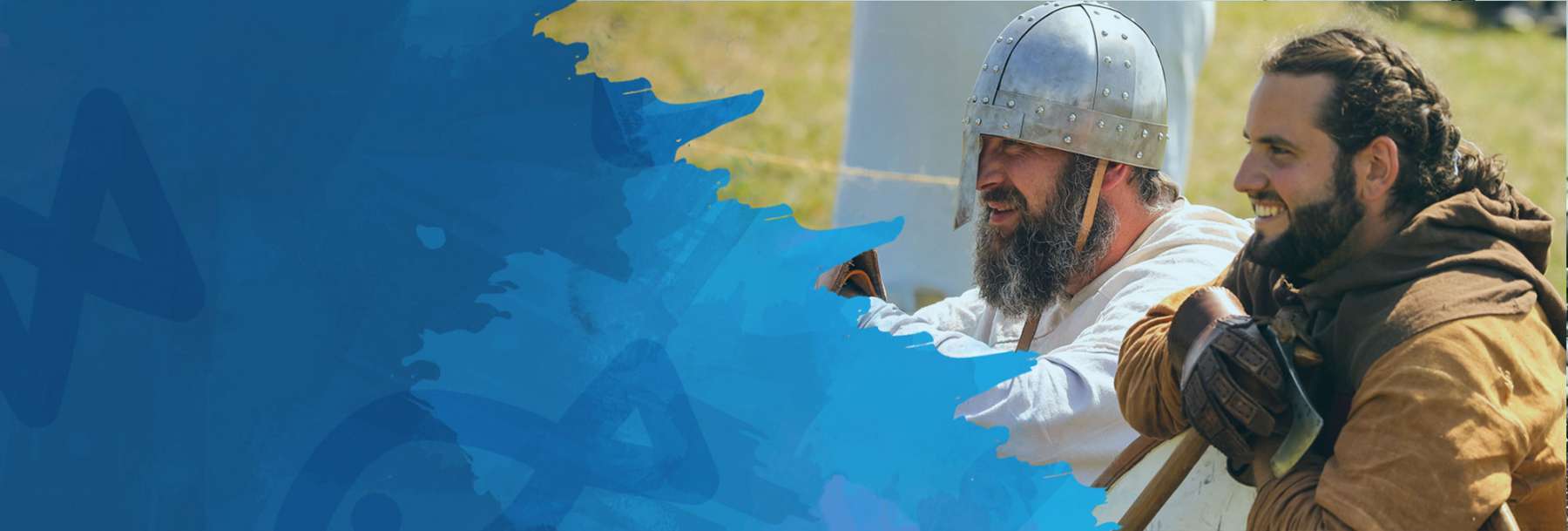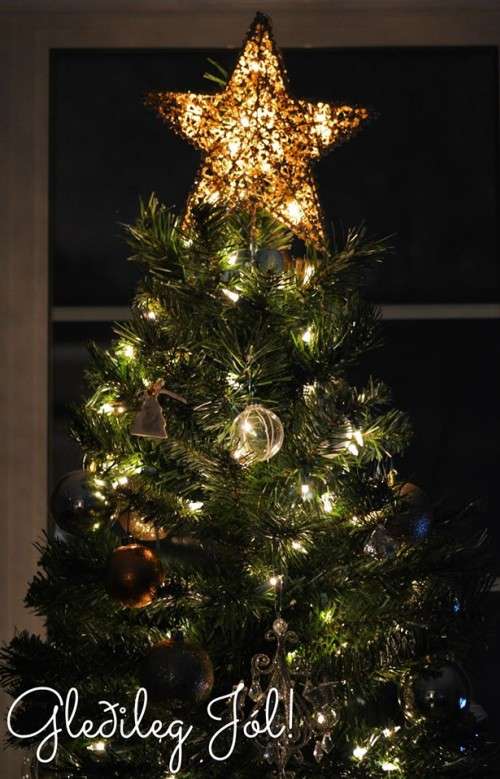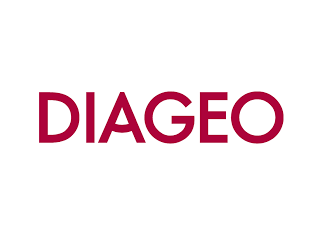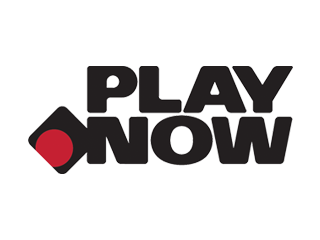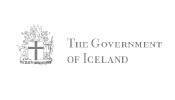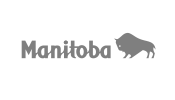The holiday season is here, and whether you’re Icelandic, a Vestur-Íslendingar, or Icelandic at heart, you may find yourself wondering how our friends and family in Iceland celebrate this special time of year.
The festivities in Iceland begin a few days earlier, on December 23rd, with Þorláksmessa – St. Þorlákur’s Mass. Icelanders start off the holidays with a bang by filling their bellies full of fermented/putrefied skate to honor Þorlákur Þórhallsson, a 12th century Icelandic priest and patron saint of Iceland, who died on this day in 1193. The tradition of eating skate came about because December 23rd was traditionally the last day of the Christmas fast, and meat was not allowed. There’s nothing better to inspire the holiday spirit like fermented skate!
My Icelandic family here in Canada has always celebrated Christmas together on Christmas Eve, and I was never quite sure why. It wasn’t until recently that I learned that December 24th is when Icelanders primarily celebrate Christmas by hosting a family dinner and opening gifts. This is due to an old Catholic custom where people would have a wake the night prior to significant church holidays, and since it was believed that a new day began at 6:00pm, that is when Icelanders would usually go to church or start their celebrations at home. The only downside of the Christmas Eve tradition is that all of the “celebrating” makes for a slightly slower start to Christmas morning.
While visions of sugarplums and candy canes dance in our heads, Icelanders have a different take on holiday treats. Traditional foods served on Christmas are hangikjöt (smoked lamb) and rjúpa (ptarmigan – a Northern grouse). Other delicacies might include smoked puffin, reindeer pate’ and Laufabrauð (leaf-bread). It seems likely that Icelanders decided forego the whole nativity scene tradition, in lieu of serving the nativity scene animals instead. Here in New Iceland my family celebrates with tamer Icelandic dishes such as Rullupylsa (cured lamb), Vinarterta (layer cake), and of course – the coveted Pönnukökur (rolled pancake).
In Iceland, the most popular type of gift to give/receive speaks strongly to their character. It’s tradition that everyone must receive a new book to take to bed with them on Christmas Eve. This is no surprise given Iceland’s high literacy rate and the BBC’s report that approximately one in ten Icelanders publishes a book. In terms of decorations, they enjoy adorning their homes and lawns with the same festive decorations that we do. In addition, many Icelandic homes feature one of two types of Advent lights; the Advent wreath, which has four candles representing every Sunday of the advent, or a triangle-shaped electric candelabra featuring seven candles, which sits on the windowsill from the first Sunday of the Advent until January 6th.
Now that we’ve covered the basics it’s time to get to my favorite Icelandic Christmas tradition. It’s truly the most entertaining and horrifying holiday tradition that one could observe. In Iceland, the jolly fat man in the red suit (aka Santa), is replaced with thirteen Yules Lads, who are described as part animal – part troll. The Lads live deep in the mountains with their notorious parents Grýla, the giantess, and Leppalúði, the ogre. Grýla’s favorite holiday treat is none other than naughty children, and during Christmas time she travels down from the mountains to stock up on her favorite snack.
Beginning on December 12th, Icelandic children place their favorite shoe on their window sill and every night a Yule lad comes down from the mountains to either leave the child a small gift (if they’re good), or a rotten potato (if they’re naughty). But alas, the rotten potato is the least of their worries as the Yule Lads are all named for their bizarre and terrifying characteristics; Stekkjastaur (Sheep-Cote Clod), Giljagaur (Gully Gawk), Stúfur (Stubby), Þvörusleikir (Spoon-Licker), Pottasleikir (Pot-Licker), Askasleikir (Bowl-Licker), Hurðaskellir (Door-Slammer), Skyrgámur (Skyr-Gobbler), Bjúgnakrækir (Sausage-Swiper), Gluggagægir (Window-Peeper), Gáttaþefur (Doorway-Sniffer), Ketkrókur (Meat-Hook), Kertasníkir (Candle-Stealer).
Ketkrókur (Meat-Hook) is my personal favorite Lad, because nothing gives me that warm holiday feeling more than the idea of someone breaking into my house with a giant hook which they use to steal my meat. In addition to the threat of the Yule Lads, any child that doesn’t receive new clothes to wear for Christmas is in danger of being eaten by Jólakötturinn or Jólaköttur, the Christmas cat, owned by Grýla.
The day after Christmas the first Yule Lad returns to the mountains and they depart one by one, with the last Lad leaving on January 6th, the last day of the Icelandic Christmas season. Þrettándinn (twelfth night) falls on January 6th, and is considered to be the start of a new year in Iceland. It’s also thought to be the most magical day of the year, where cows can talk, seals shed their skins and walk upright, and elves move house. Bonfires are lit and songs are sung across the country, in hopes that the elf king or queen will make an appearance. Folklore also says that water may turn to wine, and anyone that sits at a crossroads for the night will receive gifts and treasures from elves and fairies.
Help keep the Icelandic culture alive and strong and incorporate a bit of Icelandic tradition into your holidays this year; whether you choose to gift a book, enjoy some delicious fermented skate, or terrify/threaten your children with the Yule Lads. Despite the many differences in how we celebrate the holidays the common theme that’s prevalent in Iceland, New Iceland and across the world is that family is the heart of the holiday season, and it’s a time that’s meant to be spent enjoying family, friends, laughter and good cheer.
Gleðileg jól (Merry Christmas) and Gleðilegt ár (Happy New Year!)
Sources: Visit Iceland, Icelandic.is, Reykjavik Christmas Guide, Reykjavik Grapevine
